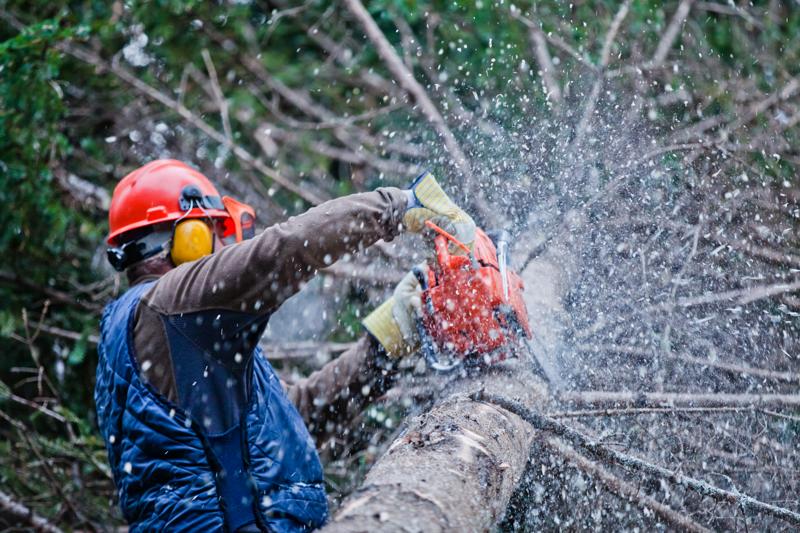The Length of Time Tree Roots Continue to Live

Tree removal is a necessary task for homeowners, but it’s not as simple as cutting the tree’s branch and allowing the roots to decay. Understanding the lifespan of the tree’s roots is essential for ensuring your removal is carried out properly and safely. The article below we will look at the time that roots last after a tree is cut down and answer some of the most frequently asked concerns about this subject.
How long do the tree’s roots last after cutting them down?
The lifespan of tree roots after a tree has been cut down can vary widely based on the species of tree, the size of the root, and the environment conditions. In general, it is possible to conclude that the tree’s roots will remain alive for many years after a tree is removed. This is because the roots are capable of taking in moisture and nutrients from the soil and absorbing nutrients from the soil, even after the tree is removed.
Factors that Affect the Longevity of Tree Roots
There are many aspects that impact the longevity of tree roots after a tree is cut down. Some of these include: Species of tree: Some species of trees possess roots which are much more resilient and longer-lasting than other species. For instance, oak tree roots have been observed to last for a long time after the tree has been cut down. Dimension of roots: The larger the tree’s roots, the longer they will likely remain after the tree has been taken down. The reason for this is that larger roots are more able to absorb nutrients and moisture in the soil. Conditions in the soil: The type, temperature, and levels of moisture in the region that the tree was removed will influence the lifespan and longevity of roots. When the soil becomes dry, compacted and degraded, the roots will decompose more rapidly. When the soil remains well-drained and moist the roots will last longer.
What happens to tree Roots Following the cutting?
When the tree is removed the roots gradually begin to decay. This process can take several years dependent on the variables mentioned above. In this period the roots slowly discharge nutrients to the soil which is beneficial to other plants that are in the vicinity. Once the roots have fully decayed, they’ll no longer be a danger to surrounding structures or landscapes.
FAQs:
Are tree roots able to grow again after cutting down?
The roots of trees cannot regenerate after a tree has been cut down. Once the roots are removed, they slowly begin to decompose and will not be able to regrowing.
Will tree roots continue to expand after cutting them down?
The roots of trees won’t continue to grow after a tree is taken down. However, they’ll continue to live for several years because they’re still capable of absorbing moisture and nutrients from the soil.
Do tree roots continue to grow even after the cutting?
It is not true that tree roots won’t continue to grow after the tree has been cut down. Once the tree has been removed, the roots slowly begin to decay and cease to pose a threat to the surrounding landscapes or structures.
Conclusion:
In conclusion, the duration of tree roots after the tree has been removed can be a lot dependent on a variety of factors. Understanding the length of time the tree’s roots can last is crucial for ensuring that the tree removal process is completed in a safe and secure manner. If you have a tree that needs being removed it is always recommended to hire a professional Blacktown Aborist arborist to carry the task. Our highly trained and experienced arborists have the equipment and experience to safely and effectively remove trees and address any concerns regarding the longevity of the roots. Contact us now by phone at 0480 024 267 to schedule a consultation and learn the details about our services for tree removal within Blacktown. Don’t put your home at risk or putting yourself in danger when you attempt to remove a tree your own. Let the professionals at Blacktown Aborist handle all of your tree removal needs.





















